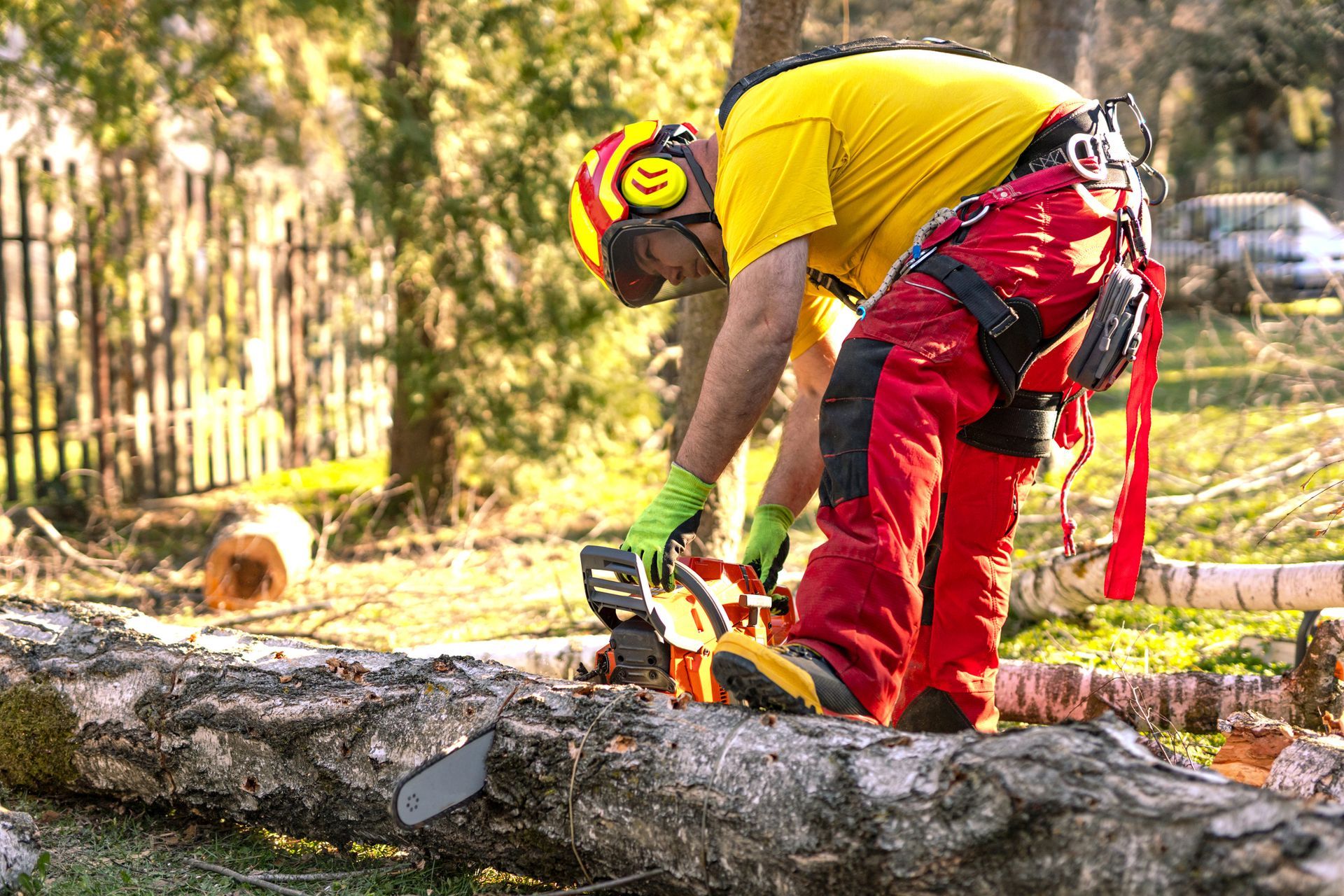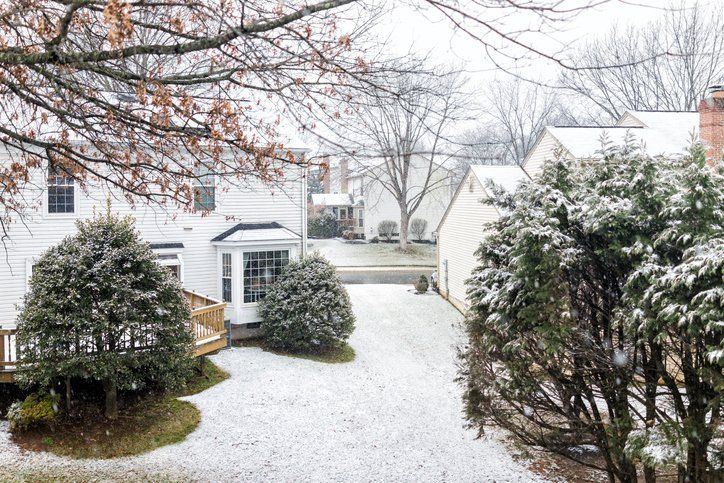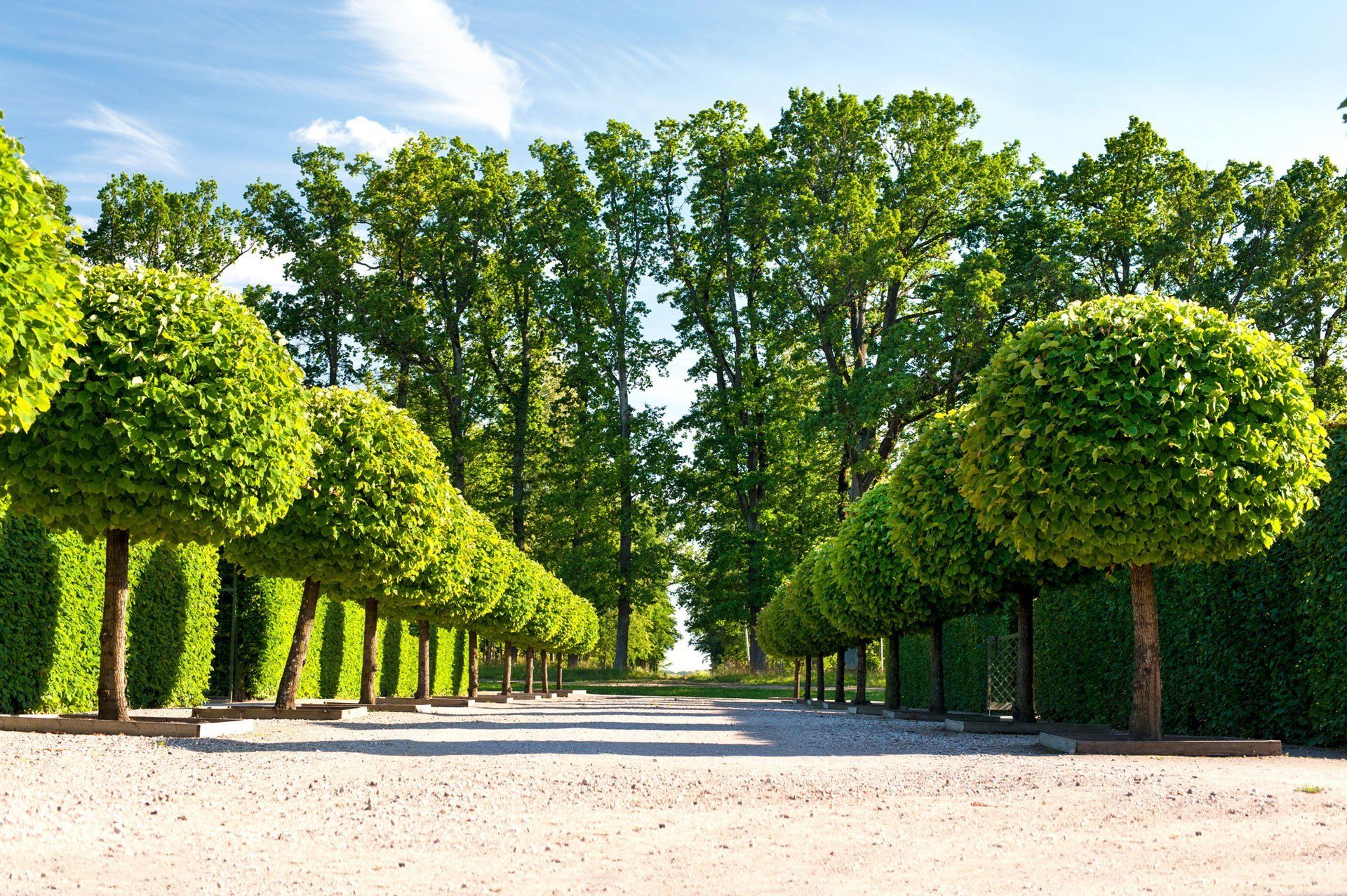SIMPLE SOLUTIONS FOR MAINTAINING YOUR CRABAPPLE TREE
By Admin • May 10, 2018
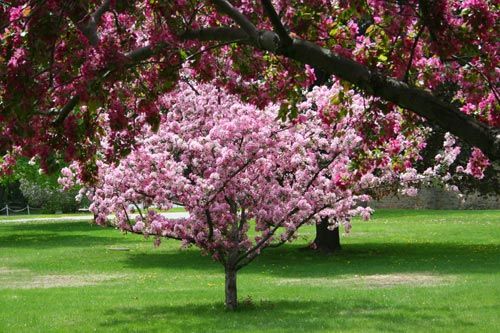
From a healthy lawn and lush shrubs to colorful flowers and hardscapes, landscape design can add a great deal of appeal to your property. Trees are an imperative part of your home's landscape design, curb appeal, and value - even though most homeowners are surprised to learn a mature tree can add between $1,000 and $10,000 of value to their home. Of course, proper care is essential to protecting the health, look, and value of your trees.
The crabapple is an excellent tree to have in your yard because it is durable and beautiful. With heights and spreads of between 10 and 25 feet and full, fragrant blooms through the spring season, it is easy to see how the crabapple makes a big impact on your landscape design. Thankfully, you and your tree care professionals
can maintain the crabapple's beauty and value together.
WATERING
Most crabapple trees establish themselves well into the ground within the first year after planting. During this early stage, water the tree thoroughly every few days, especially when it is warm and dry.
Once established, your crabapple tree will not need as much water. During periods of drought, water deeply every other week. If you notice the crabapple's foliage is drooping or browning, it is in need of water. Making sure the tree is watered properly will also promote new growth and lush floral blooms in the spring season.
FERTILIZING
Heavy fertilizer is not usually necessary for crabapple trees. However, if the tree is growing slowly, applying fertilizer in the early weeks of spring can help. Fertilizing in the fall before temperatures drop below freezing is also possible.
Make sure to use a slow-release fertilizer that contains potassium, phosphorus, and nitrogen for the most effective nourishment and growth potential. Use an organic fertilizer, which is a natural source of these elements. Or opt for inorganic fertilizers that use synthetic chemicals to provide your crabapple with the essential nutrients.
PRUNING
The crabapple tree requires very little pruning, as well, making it one of the easiest trees to maintain. It is important to note, however, that periodic pruning can help improve the look of your tree. In addition, pruning away some limbs will improve air circulation through the tree, reducing the risk of fungal growth, disease, and pests.
Pruning should be done toward the end of June. In July, the crabapple will start developing new buds. Pruning during or after this time will reduce the number of floral blooms that develop in the next spring season.
To get started, professionals can trim away suckers and water sprouts, which are small branches that shoot out of the tree trunk and various branches. Any diseased or damaged limbs and foliage should also be trimmed off the tree.
CONTROLLING DISEASE/PESTS
Even though they are durable trees, crabapple trees are susceptible to certain diseases. Learning the signs will help you diagnose and treat these diseases.
Apple scab is one of the most common diseases that can affect the crabapple tree. This fungal disease affects the leaves first before moving to the fruit. Signs of apple scab include the following:
- Dark, leathery spots on the leaves and fruit
- Yellowing leaves
- Premature loss of leaves in early summer
If you notice one of these signs, an application of fungicide can help. It is important to treat the fungal infection quickly before it spreads to nearby trees and plants.
Fire blight is another common disease that can infect your crabapple tree. Caused by bacterium, fire blight progresses quickly, rapidly spreading through the entire tree. In severe cases, the crabapple tree will need to be removed before the bacteria infects the root system and nearby plants.
If you notice shoots during the spring and summer season that appear to be scorched by fire and the development of cankers, the tree is most likely suffering from fire blight.
The crabapple is a great tree for your landscape design, but maintenance is essential. To learn more about caring for your crabapple or other trees, contact County Tree Service today.

When you need dependable tree service in Chesterfield, MO , County Tree Service is the name to know. From precision tree trimming to safe removals and storm cleanup, our experienced team handles it all with care and professionalism. We’re dedicated to keeping your yard safe, clean, and beautiful year-round. Call 314-920-7263 today for expert tree service in Chesterfield

For professional tree service in Fenton, MO , trust the experts at County Tree Service. Whether you need tree removal, trimming, or storm damage cleanup, our skilled team is ready to handle the job safely and efficiently. We take pride in keeping your trees healthy and your property looking its best. Call 314-920-7263 today for reliable tree service in Fenton you can depend on!
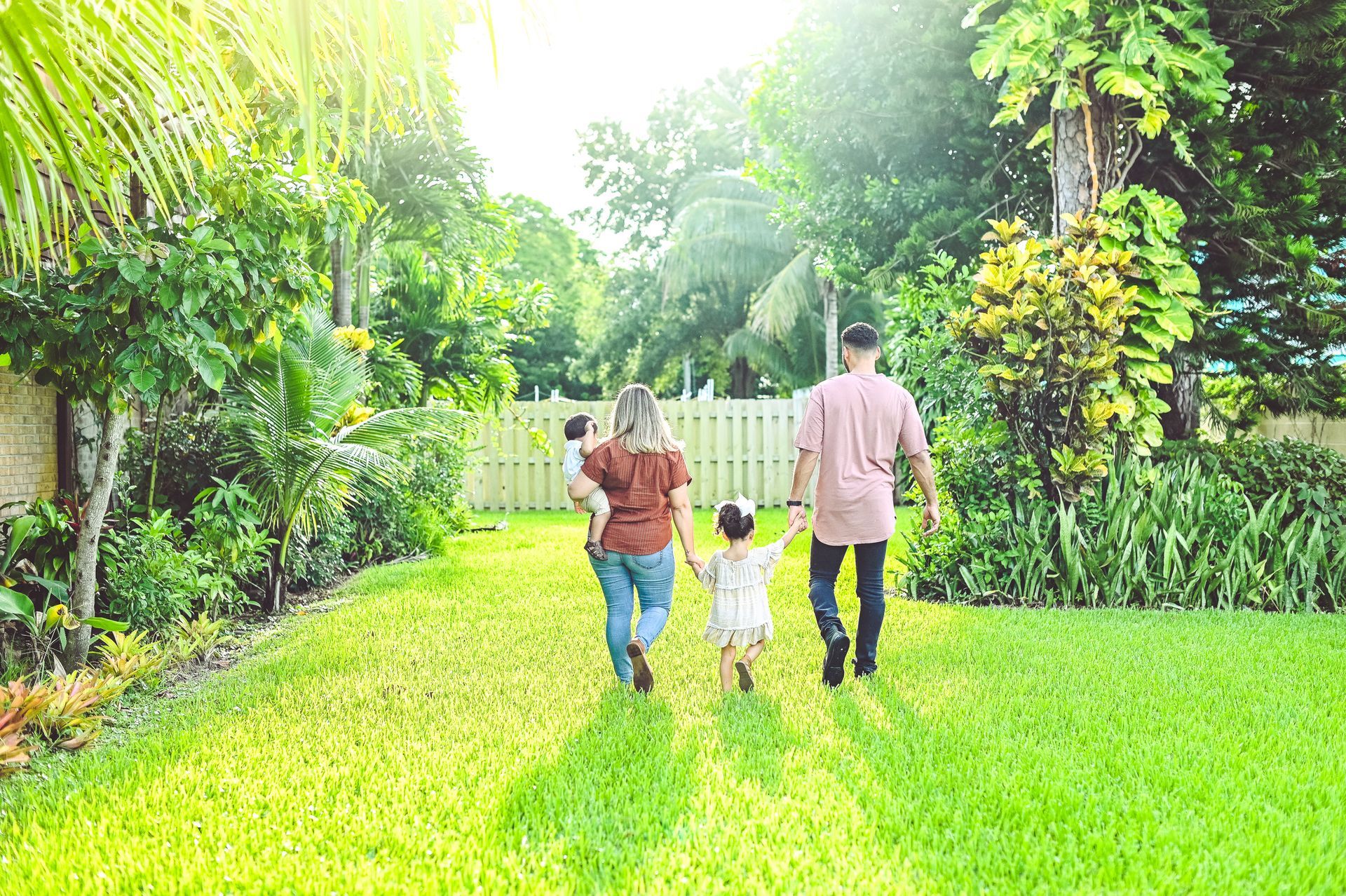
Need expert tree service in Ballwin, MO ? County Tree Service offers safe, efficient tree removal, trimming, and storm cleanup for homes and businesses. Our experienced crew is dedicated to keeping your property safe and your trees healthy year-round. Call 314-920-7263 today for trusted tree service in Ballwin from
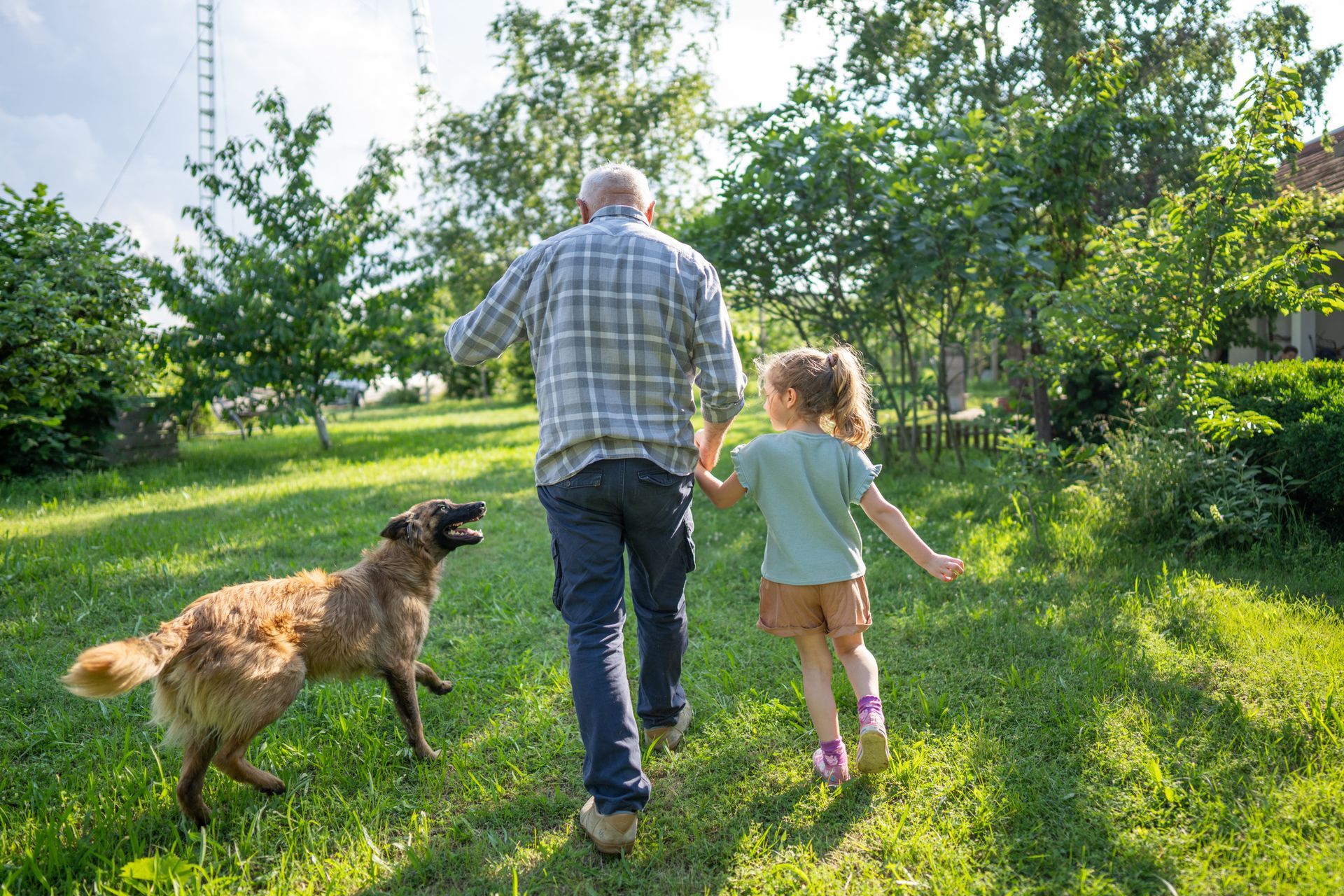
Looking for dependable tree service in Saint Louis, MO ? County Tree Service is your go-to team for expert tree trimming, safe removals, and complete tree care. With years of experience and a commitment to customer satisfaction, we keep your trees healthy and your property safe. Call 314-920-7263 today for professional tree service you can count on in St. Louis!
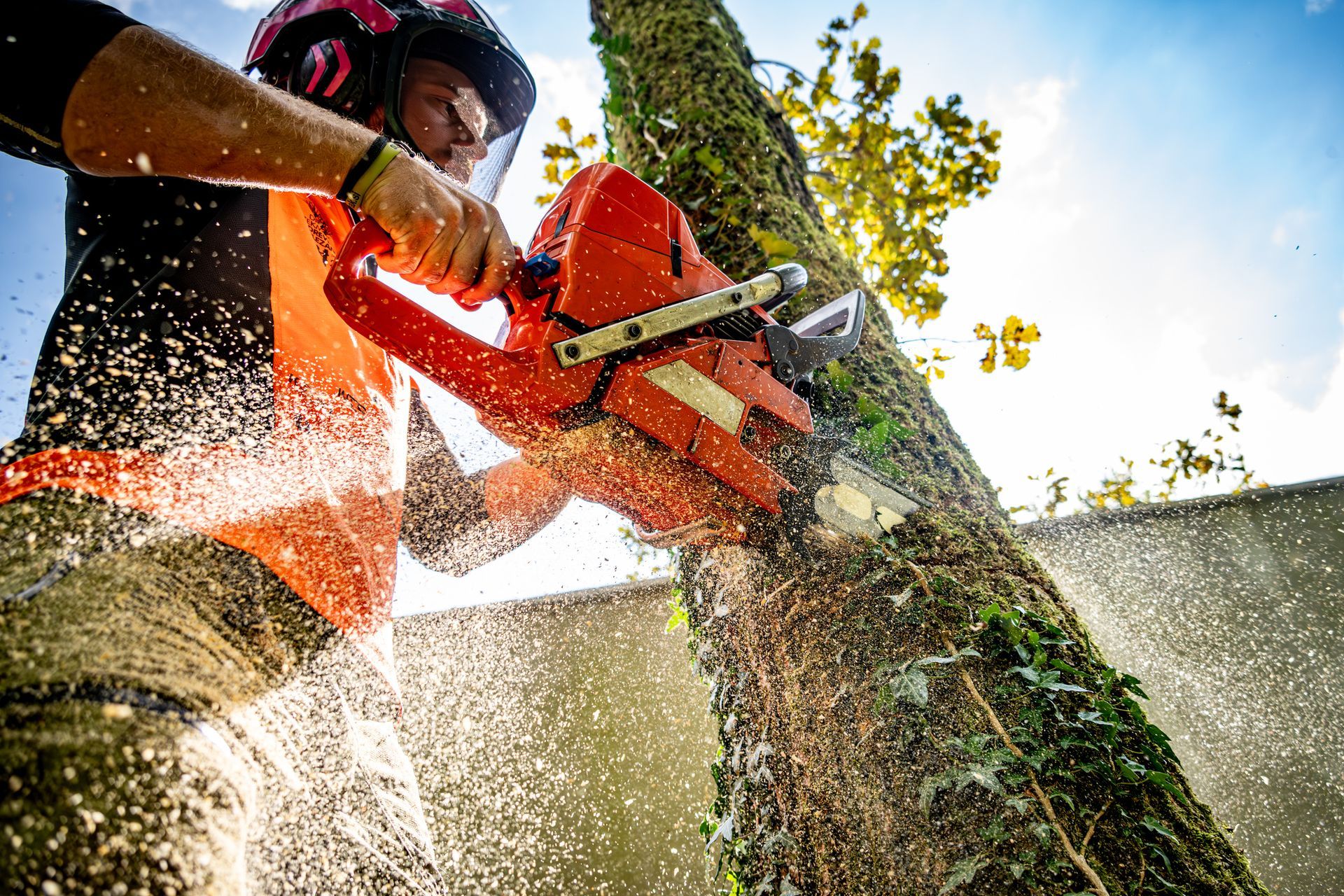
When you need dependable tree services in Fenton, MO , County Tree Service is the local company to trust. We offer comprehensive tree care, including tree removal, trimming, stump removal, and wood chipper services to keep your property safe and beautiful. Fenton’s trees face challenges like storms, pests, and disease—our skilled team is equipped to handle all of these with professional care and attention to detail. Whether it’s routine maintenance or emergency service, we’re ready to help. For reliable tree services in Fenton, MO , call County Tree Service at 314-920-7263 today for a free estimate.

If you’re looking for professional tree services in Ballwin , MO, County Tree Service offers the expertise and equipment to handle all your tree care needs. From safe tree removal and expert trimming to stump removal and wood chipper services, we keep your property healthy and attractive. Our team understands the specific needs of Ballwin’s trees and environment. Whether it’s preventative maintenance or storm damage cleanup, we provide reliable, affordable tree services you can count on. For expert tree services in Ballwin, MO , contact County Tree Service today at 314-920-7263 for a free estimate.
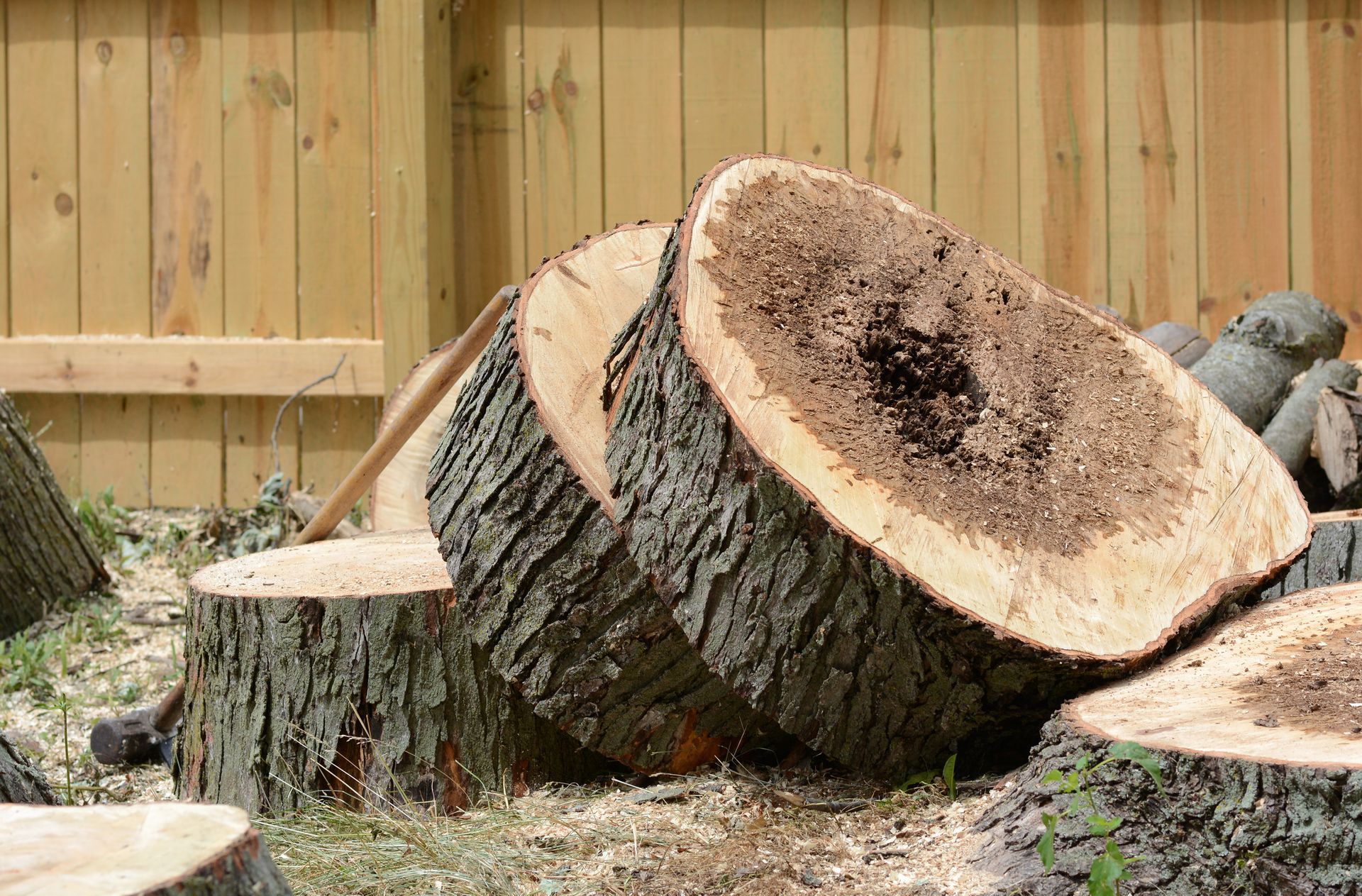
For professional and trustworthy tree services in Chesterfield, MO , County Tree Service is your local expert. We provide comprehensive tree care solutions to keep your property safe, healthy, and looking great all year long. Our team offers a full range of services including tree removal , tree trimming , stump removal , and wood chipper services . Whether it’s routine maintenance or emergency tree work, we handle every job with precision and care. Chesterfield’s climate and environment can challenge your trees, but with our expert tree services in Chesterfield, MO , you can rest easy knowing your trees are in good hands. Contact County Tree Service at 314-920-7263 today for a free estimate and expert advice on your tree needs.

